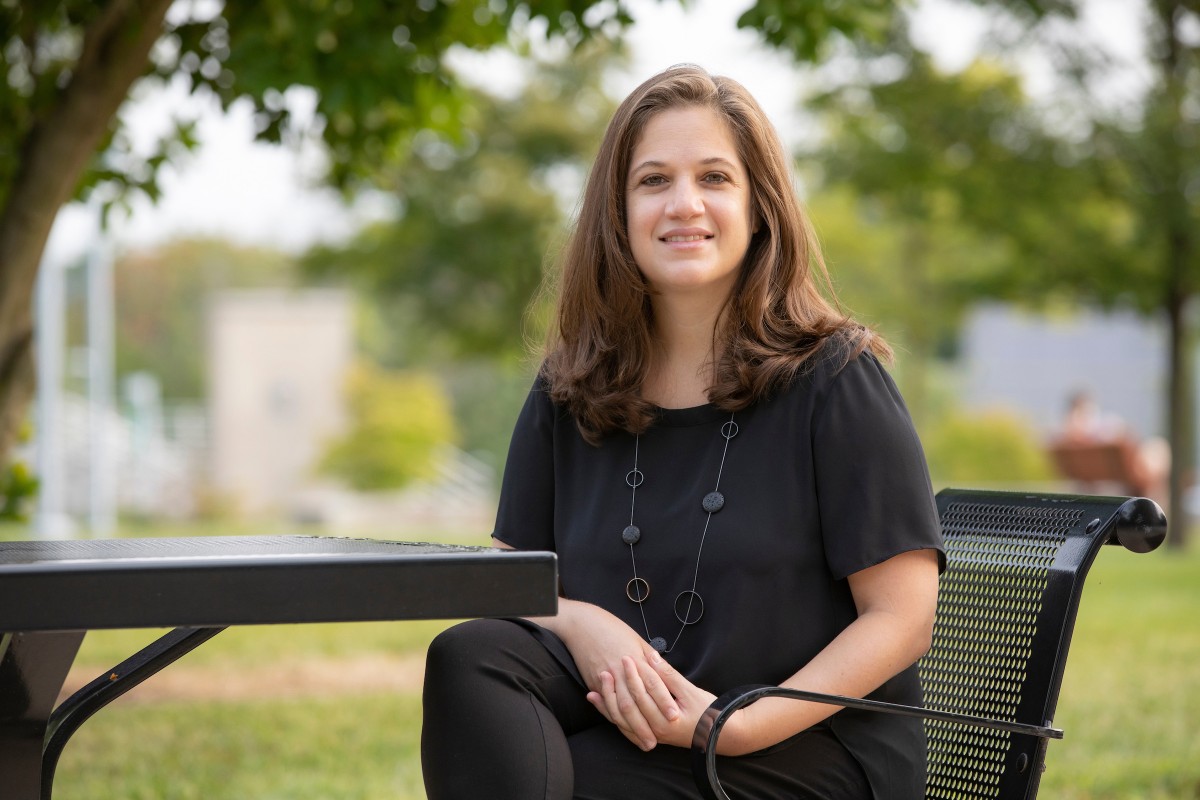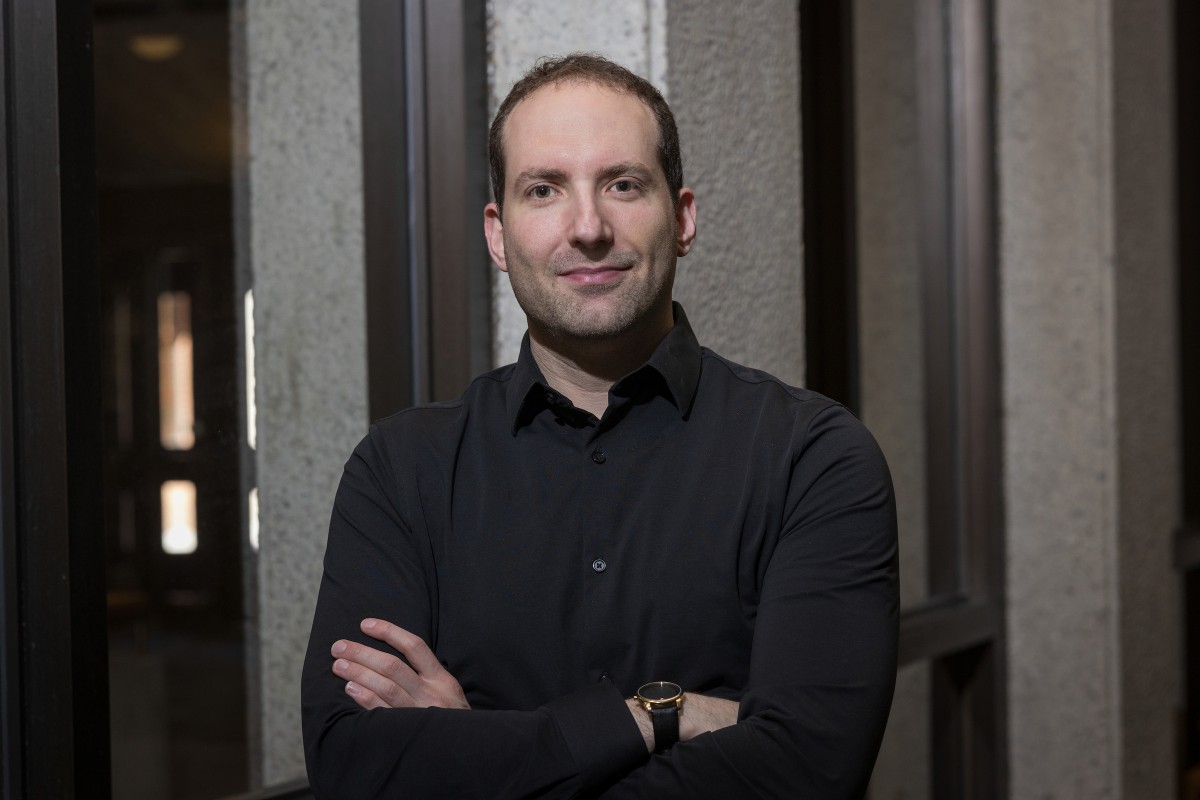Saving a language from extinction
Harpur faculty revive Ladino, traditionally spoken by Sephardic Jews

Spanish and Hebrew are two languages you probably wouldn’t link in terms of sound, appearance or cultural history. So, it may surprise you that a language exists that sounds like Spanish and has historically used varieties of the Hebrew alphabet.
At its peak, Ladino — the language of Sephardic Jews — was spoken by about 250,000 people. After teetering on the brink of extinction, Ladino is not only still alive, but it’s attracting an increasing number of people who want to learn and speak it.
This revival is partly because of the collaboration of two Harpur College faculty members. In 2020, Bryan Kirschen ’07, MA ’08, and Dina Danon created the Ladino Collaboratory — also known as the Ladino Lab — with the help of a grant from Binghamton University’s Institute for Advanced Studies in the Humanities. This three-year initiative was intended to train students to read and speak Ladino, and introduce them to others who speak the language.
When Sephardic Jews were expelled from Spain in 1492, they dispersed throughout the eastern Mediterranean region to lands that were part of the Ottoman Empire, establishing communities in cities in what are now modern-day Greece and Turkey.
“Because the Ottomans were historically not interested in homogeneity, the empire had many ethnicities and many languages,” says Danon, associate professor of Judaic studies and history. “People preserved their cultural particulars in the lands of the Ottomans. Jews could speak the language they brought with them. Over centuries, Ladino evolved. As it came into contact with Turkish, French and Italian, there were regional variations of the language, and it managed to survive for hundreds of years in exile.”
“Sephardim were often multilingual, and Ladino was a vibrant living language at the center of their linguistic production,” adds Kirschen, chair of the Department of Romance Languages and Literatures, and associate professor of Spanish and linguistics. “While genocide and assimilation have escalated the degree of endangerment of Ladino, the language is still used in a variety of domains. Within academia, we have a platform to share the voices of minoritized groups. In particular, younger generations are showing interest in a language that has been pushed aside for generations.”
The COVID-19 pandemic might seem like an odd historical reference point for a language that has endured for centuries. Ironically, the lockdowns provided an opportunity for Ladino to spread its reach. Kirschen and Danon initially created the concept for the Ladino Lab before the pandemic, with programming to be delivered in person. After the pandemic hit, they introduced an apprenticeship program that paired participants with partners across America with whom they would converse over Zoom.
“Ladino has received a considerable uptick of attention and interest since 1992, which was the 500-year commemoration of the expulsion of the Jews from Spain,” Kirschen says. “In more recent years, the pandemic created many new opportunities to offer additional resources online. Before that, much of the activity in Ladino was limited to communities with Sephardic populations.”
The three-year duration of the grant has concluded and the Ladino Lab is on pause. In the meantime, Kirschen is incorporating Ladino into upper-level Spanish courses and Danon introduces students to Ladino in Sephardic history classes. They are planning the next phase of the lab to meet the needs of a growing number of students who want to learn the language and history of the Sephardim.
“Ladino was a language I heard around the house and something I came to study as an adult,” Danon reflects. “I was familiar with Ladino as a child, so part of it is a personal quest for preservation. The Holocaust almost completely erased Ladino off the map. We at Binghamton can continue it. Ladino is still alive, and we can engage people in all sectors of the campus. It’s meaningful to me both on a scholarly and personal level.”
“For many, Ladino is more than just a language; it’s a movement,” Kirschen says. “Several of our students have continued conversations by phone or Zoom with their Ladino-speaking partners, which is very meaningful. While some members of our lab were Sephardic, most were not. Part of our goal is to educate students of different backgrounds on diverse historical, cultural and linguistic ways of being Jewish and speaking varieties of Spanish.”



